Observation, Impacts, Energy

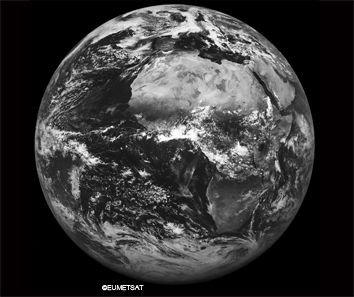


The Heliosat method converts images acquired by meteorological geostationary satellites, such as Meteosat (Europe), GOES (USA) or GMS (Japan), into data and maps of solar radiation received at ground level.
There is a wealth of publications on the various versions of the Heliosat method. The original method is described in Cano et al. (1986). The Heliosat-2 method is described in Rigollier et al. (2004).
A document (November 2002, revision February 2004) describes the various libraries and procedures for Heliosat-2. It provides also the equations used in the libraries as well as bibliographical references. It describes how these can be implemented for the correct execution of the whole method. The procedures described here comprise I/O orders that are to be tailored to the specific format for Meteosat images. The method can be applied to other geostationary satellites offering similar broadband in the visible range (0.4 - 1.1 mm). The input images are geometrically superimposable images. Calibration coefficients must be used to convert digital counts into radiances (W m-2 sr-1). The Eumetsat Agency is providing such coefficients for Meteosat First Generation and Second Generation.
The libraries provided include all libraries for the method Heliosat-2, including those relating to the solar geometry, the ESRA clear sky model and the geometry of the Meteosat images (up to Meteosat-7 included). Software is in C. Download the libraries in zip.
Note on the application of Heliosat-2 to Meteosat Second Generation (MSG). Heliosat-2 has been devised in order to cope with panchromatic channels (0.3 to 1.1 micrometer). Cros et al. (2006) have proposed a simple method for simulating Meteosat-7 broadband radiances using two visible channels of MSG. By using this method, one obtains a panchromatic channel on which Heliosat-2 may apply.
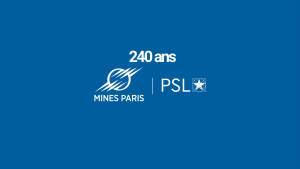
Ecole
240 ans de recherche et de formation
Vidéo : 240ans de recherche…
> En savoir +

Formation
Mines Paris plébiscitée par ses étudiantes
Mines Paris - PSL, une école qui répond…
> En savoir +

Formation
Femmes de science
Chercheuses confirmées, doctorantes, élèves ou alumni,…
> En savoir +
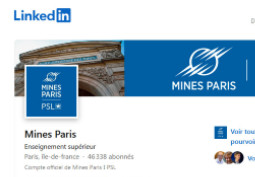
Formation
Quelle école d’ingénieurs a le…
Mines Paris - PSL au Top 5 du classement LinkedIn 2023…
> En savoir +
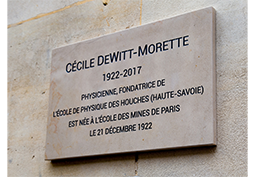
Formation
En l'honneur de Cécile DeWitt-Morette
Claude Ribbe (Mairie du 6e arrondissement), Armand Hatchuel…
> En savoir +
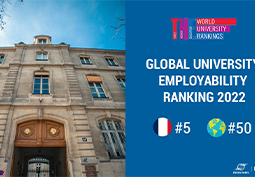
Formation
Classement "Employabilité" THE 2022
Dans l'édition 2022 du Global Employability…
> En savoir +
